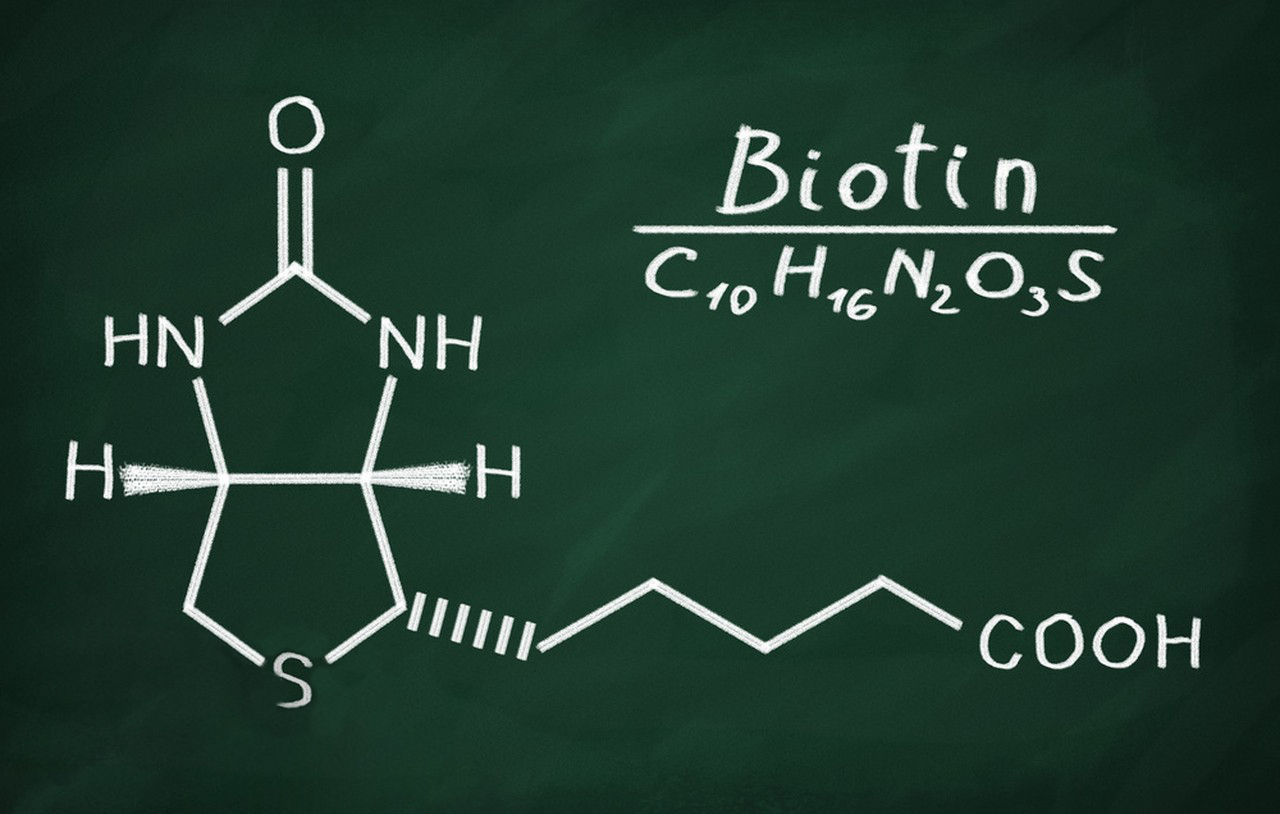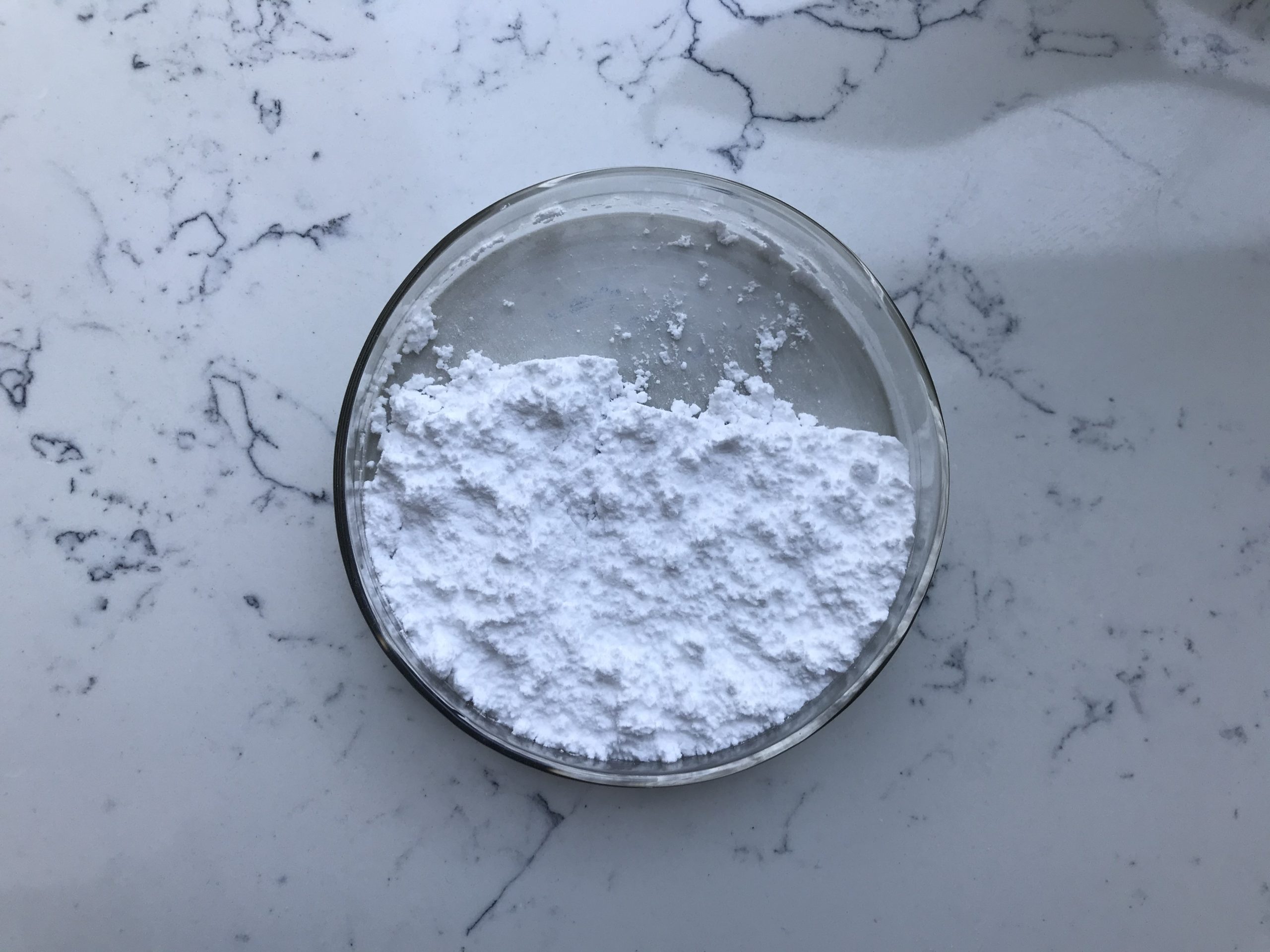Biotin, also known as vitamin B7 or vitamin H, is a water-soluble B-complex vitamin that plays a crucial role in various metabolic processes within the body. It is an essential coenzyme for several carboxylation reactions involved in the metabolism of fats, carbohydrates, and amino acids.

Chemical Structure of Biotin:
Biotin has a chemical formula of C10H16N2O3S and its systematic name is 5-[(3aS,4S,6aR)-2-oxohexahydro-1H-thieno[3,4-d]imidazol-4-yl]pentanoic acid.
Its chemical structure consists of a tetrahydroimidizalone ring fused with a tetrahydrothiophene ring. The tetrahydroimidizalone ring contains a ureido group (-NH-CO-NH-) and a valeric acid side chain, while the tetrahydrothiophene ring contains a sulfur atom.
Physical Properties of Biotin:
Biotin is a colorless, water-soluble solid at room temperature. It is relatively stable to heat, oxidation, and light, although extreme conditions can lead to its degradation. Biotin is stable in both acidic and alkaline environments.
Biotin is sparingly soluble in organic solvents like ethanol and ether, but it is highly soluble in water. Its solubility in water makes it readily available for absorption and utilization by the body.
Roles and Functions of Biotin:
Biotin is essential for various enzymatic reactions in the body, primarily as a coenzyme. It is involved in carboxylation reactions that add a carboxyl group (-COOH) to specific substrates. These reactions are crucial for the metabolism of fatty acids, amino acids, and gluconeogenesis (the production of glucose from non-carbohydrate sources).
Biotin also plays a role in gene expression and cell signaling. It is important for maintaining healthy skin, hair, and nails. Additionally, biotin is involved in the metabolism of leucine and isoleucine, two essential amino acids.
Food Sources of Biotin:
Biotin is found naturally in a variety of foods, including:
1.Egg yolks
2.Liver and kidney
3.Nuts (especially almonds, peanuts, and walnuts)
4.Legumes (beans, lentils, peas)
5.Whole grains (oats, barley)
6.Cauliflower
7.Mushrooms
8.Dairy products
9.Avocado

Biotin deficiency is rare but can occur in individuals with certain genetic disorders, prolonged antibiotic use, or those who consume large amounts of raw egg whites (which contain a protein called avidin that binds to biotin and reduces its absorption).
Biotin is also commonly included in multivitamin supplements and hair and nail supplements due to its role in maintaining healthy skin, hair, and nails. Always consult with a healthcare professional before taking any supplements.
